hakosalo_tuohino
duo for kantele and computer
What happens when ancient northern traditions meet experimental electronic music?
The Finnish traditional instrument kantele is estimated to be 1500 years old and belongs to the Baltic zither family. The tradition of playing kantele relies heavily on archaic, improvisational techniques where kantele is seen as vehicle, rather than a musical instrument, to travel to the essence of music. Furthermore, the immersive spatialized digital expression will transform the delicate kantele sonicality into the modern art of electronic music.
In this journey one reaches other states of consciousness and a total communication between the musicians and their dedication to provide this sonic landscape to the audience.
The duo for kantele and computer consists of Osmo Hakosalo and Jussi Tuohino (instruments noted respectively). Kantele's soft and relatively quiet sound has a sharp attack component, but otherwise the tone is mellow and calming. With extended playing techniques (for example harmonics, bowing, striking and metal preparations) kantele's sound can be taken to completely new sonic territories.
hakosalo_tuohino duo takes the sonic properties of kantele still many steps further: from the acoustic sound immersive soundscapes are built in intuitive and open-ended fashion. With both performers having varied musical backgrounds in folk, classical, jazz, and electronic music, the duo is able to perform without preset plans regarding musical form and microscale decisions concerning sound material. Kantele-playing is traditionally improvised, and an interesting confluence to freeform electroacoustic live performance can easily be made.
The duo builds their soundscapes up from live kantele sound, which is the only sound source, and usually performs with specialized surround sound systems to help the performers and audience to reach their immersive sonic goals. They have also been exploring artistic methodology of incorporating local sonic (e.g. playing trios with field recordings made in arctic locations) phenomena to their music.
The duo was founded in January 2024 in Oulu, Finland, and has already performed both nationally and internationally (for example in Canada, Estonia, Lithuania, and Japan).
While the duo's main focus is in live performance, their recordings
(initially aimed for an internal feedback loop to enrich their live performances)
sounded so interesting that in January 2025 they released a free and open four-piece album
as a digital download. The work is titled Live at Muhos and can be
listened to and downloaded from the Product tab.
Live at Muhos
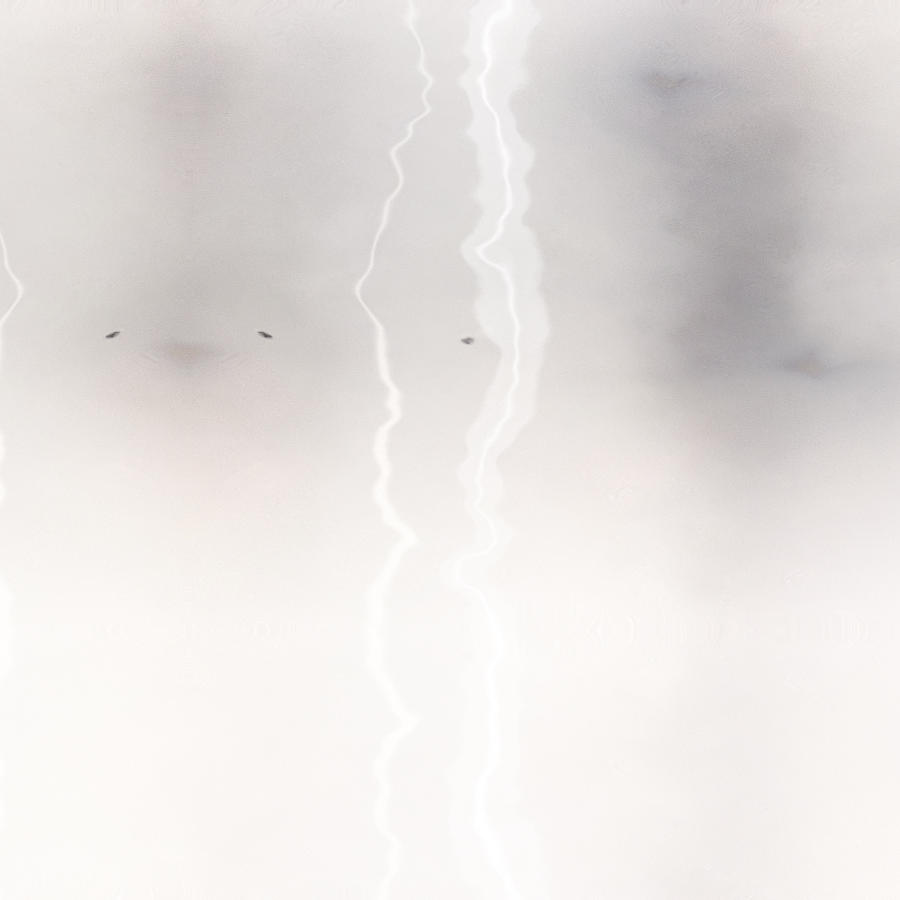
Since the birth of our duo, we have discussed extensively whether to do any recordings since our music and performances are very experience-based. Thus, we feel that only recorded trace of our work does not do justice at all for us. However, having done some live recordings we found out them to be quite interesting and satisfying – and very different compared to live our live performances.
Highlighting the uneasy relationship between artmaking and production, we created this set of series called Product. Our "production" will be subject to revision and change in coordination with the ephemeral nature of live performance.
First release is Live at Muhos. This is collection of four pieces all recorded in a cabin in a remote North Ostrobothnian municipality Muhos. During our retreat we did some field recordings and used one of them in the recordings. Other than that, the only sound source in these works is kantele. The recordings were made in December 2024.
Instrumentation
The Kantele we have used in these recordings is a 13-string instrument made by Otto Koistinen. In 1.x we have used traditional tunings for kantele, whereas in 2.x we have used more randomly constructed tuning. We have also used various objects to extend the tone of kantele.
The software we have used are Max/MSP, SuperCollider, and IRCAM's Spat5. The recordings are in binaural stereo format derived both from Spat5 and spcmic dummy head simulations. Listening with headphones is recommended.
Files
Download Live at Muhos in uncompressed WAV (approx. 835 MB) or compressed MP3 (approx. 121 MB) format. Click on the track names to listen and read.
Credits
Live at Muhos by hakosalo_tuohino is licensed under CC BY 4.0
Cover: Polar fluid by Jussi Tuohino
Väinämöinen is deeply rooted in the ancient traditions of kantele playing. It has a strong melodic structure which is eventually disintegrating into droning outer space. Featured guest artist on this track is a North Ostrobothnian woodpecker.
This performance was preceded by practically the only time we had a plan before starting to play. After having performed many experiments with intuitive tunings and exploratory DSP schemes, we aimed to go back to the roots regarding tuning and harmonic ideation. Therefore, we named the piece with the boring toxic masculine character from the Finnish national epic, whom we really would want to forget. And it seems quite quickly we did: the piece ends with glittering harmonies that are both enticing and uncanny – in hakosalo_tuohino's sonic world the western laws of music-making (or border-building) do not apply.
How does one survive when the snowstorm hits? We imagine a strategy of enveloping oneself in sound as the rock ptarmigan (Lagopus muta) burrows in snow. But please don't try the latter outdoors. After all, it was fully possible that the storm hit in purpose – dressed in feedback she called the careless jamming to end.
Imitating the ringing of church bells is an independent subgenre of kantele music. In this work we study church and bells and machinery of it. This church is not for traditional Christian beliefs.
In this performance we explore alternatives to our deeply learned ways of approaching musical transitions. Layers of abruptly looped sonic snippets coexist with kantele impersonations of physically excited acoustic materials. Until we cannot resist to build a coda from an imaginary rhythm, which doesn't coexist with anyone.
"Totalist music is totally scored, not improvised" wrote Edward Rothstein in New York Times more than 30 years ago. In emancipatory thought it's easy to denounce totalism, but could it instead be transformed to refer to a completely experience-based phenomenon? If you succumb to this sonic material, the answer will be in reach. When entering the music, please expect time to pass quickly.
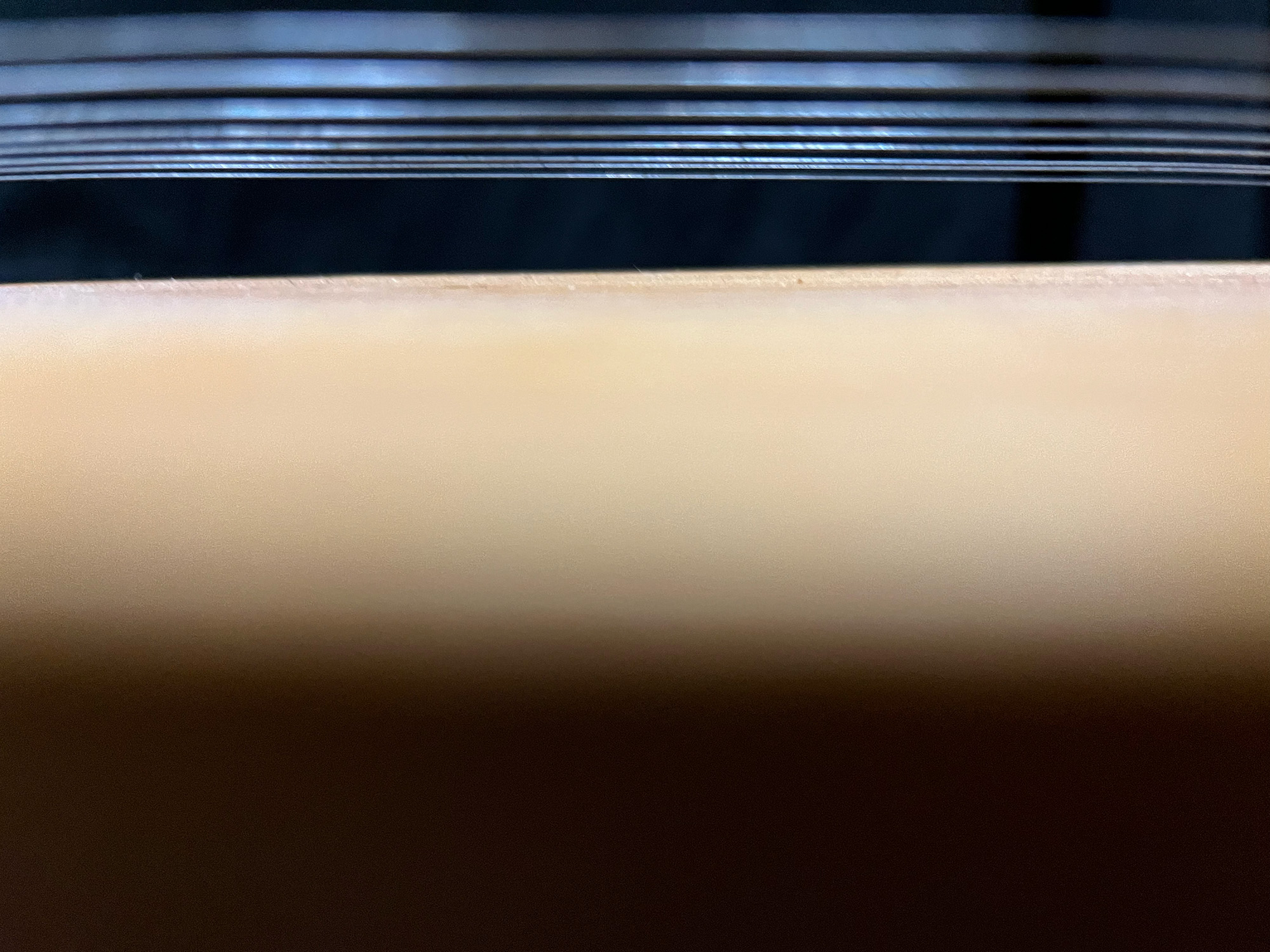
Photo: Jussi Tuohino
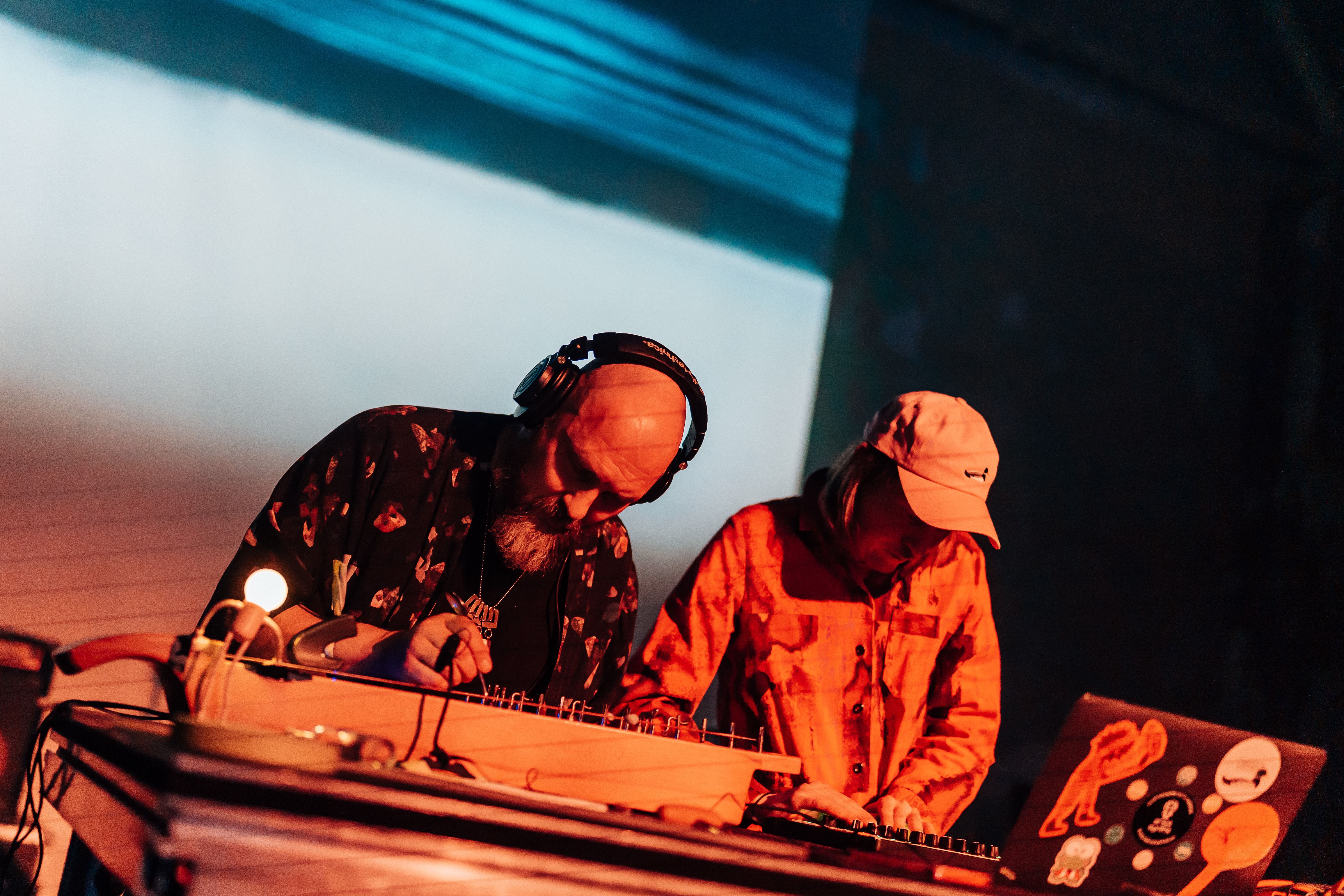
Photo: Henri-Kristian Kirsip
Photo: Mikko Ruotsalainen
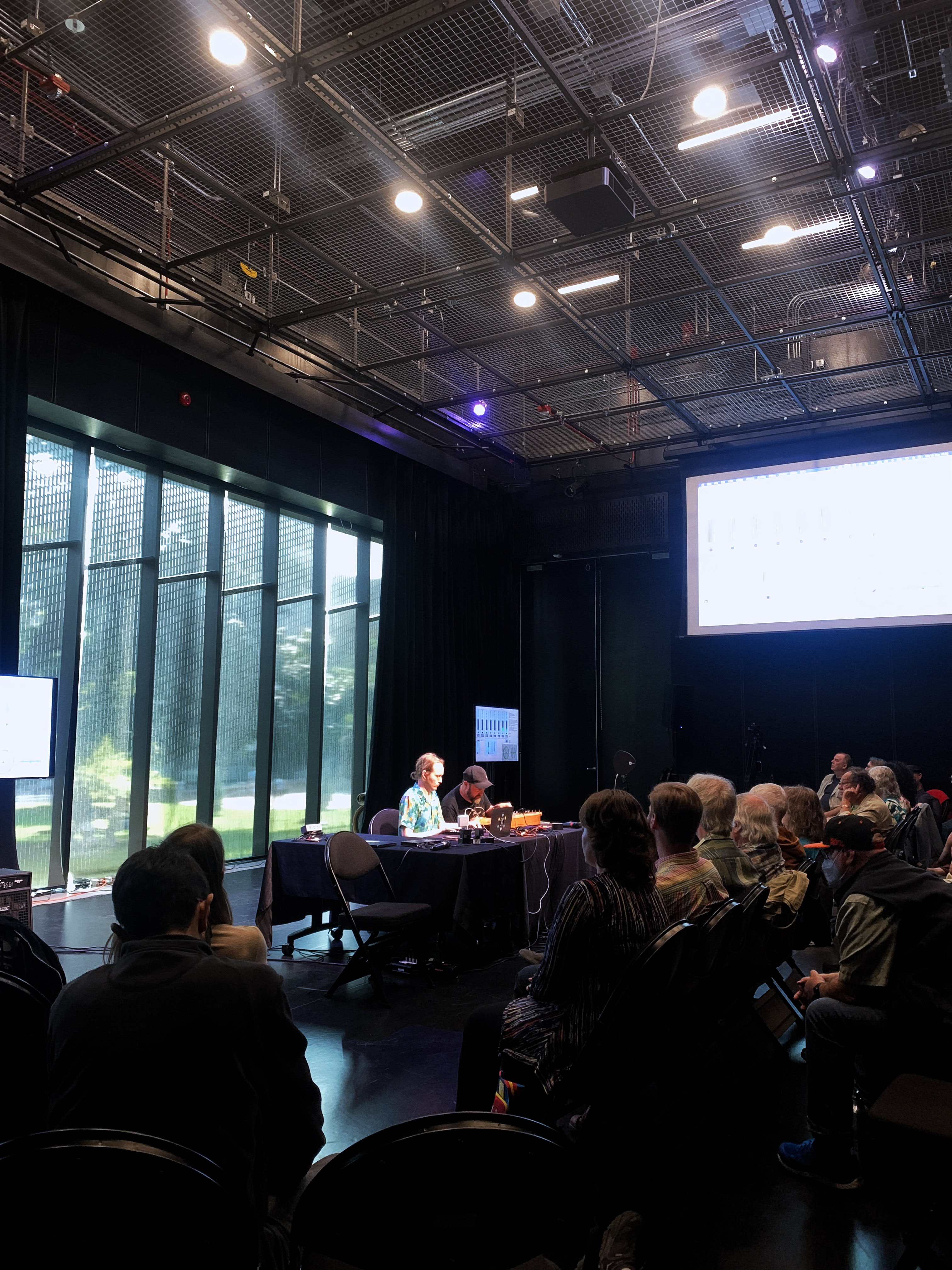
Photo: Julia Busatto
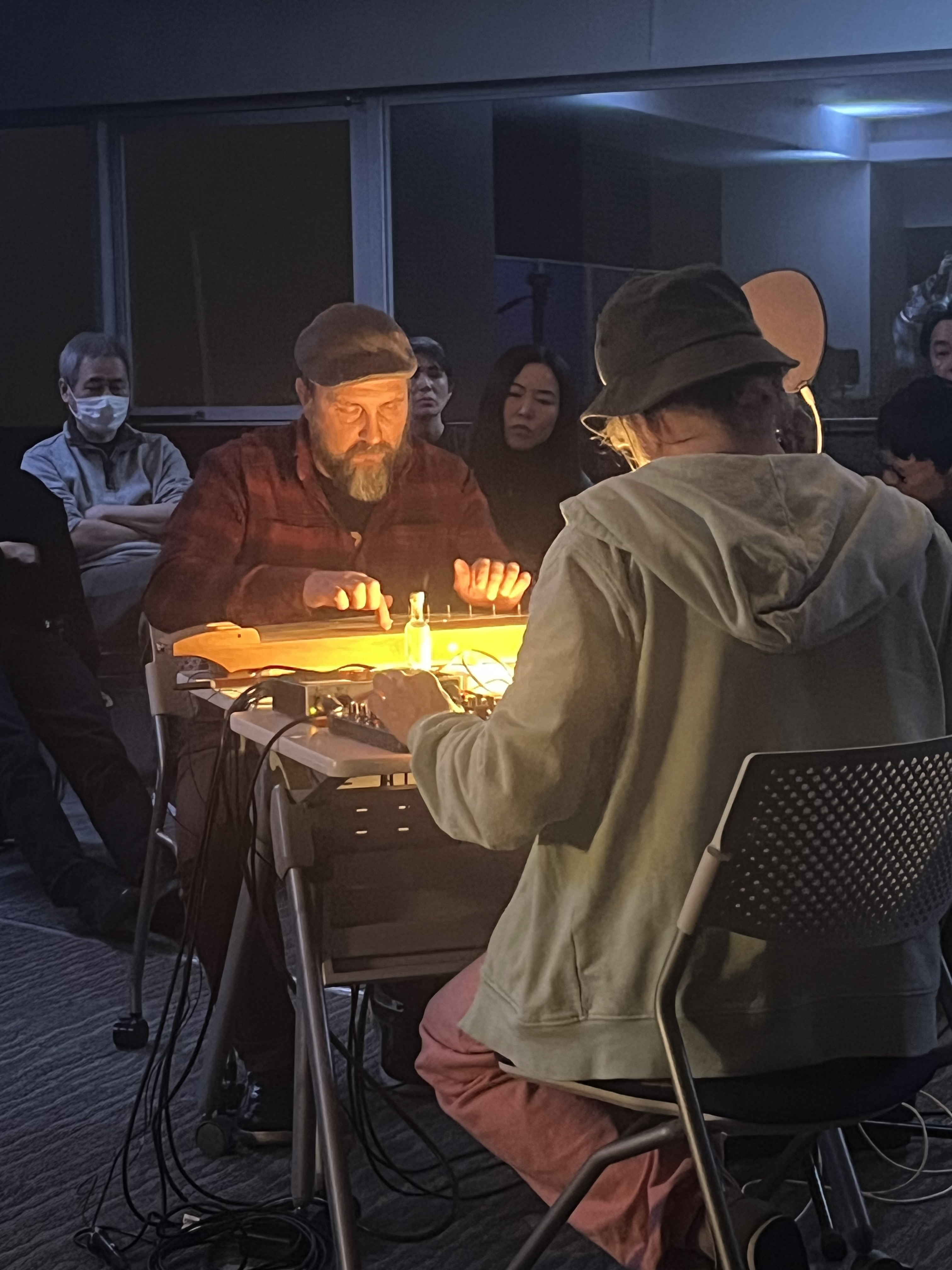
Photo: Simon Thollar
Upcoming
- Oulu, Finland 16.3.2026 with Maija Kauhanen
- Oulu, Finland 16.1.2026 with Anne-Mari Kivimäki
- Baltic Sea 10.1.2026
Remembered
- Tampere, Finland 13.12.2025
- Helsinki, Finland 28.11.2025
- Tampere, Finland 23.—26.10.2025
- Oulu, Finland 7.10.2025
- Oulu, Finland 4.10.2025
- Liepāja, Latvia 27.9.2025 with Haruka Hirayama & Vasilis Agiomyrgianakis
- Gothenburg, Sweden 7.9.2025
- Gothenburg, Sweden 6.9.2025
- Helsinki, Finland 28.7.2025
- Raahe, Finland 26.7.2025
- Haapavesi, Finland 27.6.2025
- Kuhmo, Finland 26.6.2025
- Tromsø, Norway 12.6.2025
- Oulu, Finland 8.6.2025
- Oulu, Finland 6.6.2025
- Laidi, Latvia 31.5.2025
- Oulu, Finland 12.5.2025
- Tallinn, Estonia 5.4.2025
- Toronto, Canada 12.2.2025
- Oulu, Finland 12.12.2024
- Oulu, Finland 4.12.2024
- Oulu, Finland 28.11.2024
- Commission piece presented in Glasgow, Scotland 1.11.2024
- Commission piece for Elefantöra, Stockholm 17.10.2024
- Oulu, Finland 25.9.2024
- Oulu, Finland 24.9.2024
- Toronto, Canada 13.9.2024
- Guelph, Canada 12.9.2024
- Oulu, Finland 15.8.2024
- Oulu, Finland 31.5.2024
- Oulu, Finland 14.5.2024
- Vilnius, Lithuania 28.4.2024
- Oulu, Finland 13.4.2024
- Sapporo, Japan 29.3.2024
- Oulu, Finland 29.2.2024